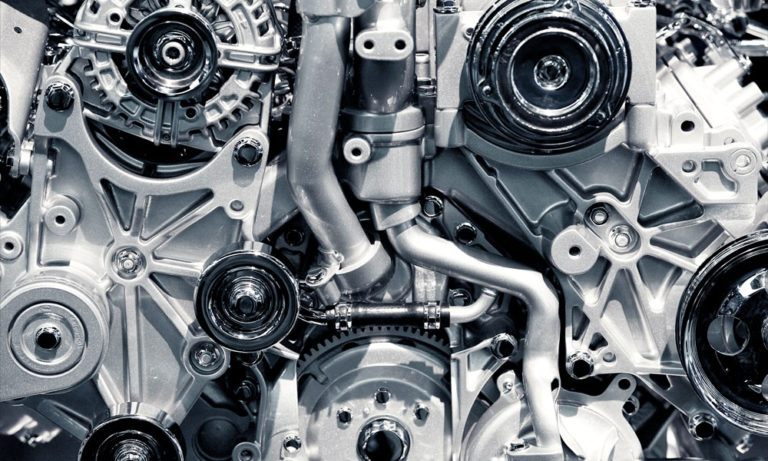An engine works effectively only when its components carry the stamp of reliability and quality. But how does one ensure that they are buying the right kind? Below, I share insights into five parts, the role they play, and how to guarantee that you are buying the best.
1. Pistons
They help transfer the energy created from combustion to the crankshaft. Pistons travel up and down within the cylinder twice during each rotation of the crankshaft, making them vulnerable to structural defects or malfunction. This can lead to the loss of combustion pressure and excessive blow-by, causing further oxidation and blockage. There is a risk of major failure if the pistons are not of top quality.
To ensure optimum performance of your engines, choose pistons that promise durability and performance under all conditions. Partner with a manufacturer that understands the significance of pistons and uses high strength alloys and advanced processes to make pistons of flawless quality.
- We ensure that every piston is made from virgin LM13 ingots and not recycled aluminum scrap. This differentiates our pistons from all aspects especially enhancing the life of the product. We maintain 12% silicon content to ensure the controlled expansion of the piston.
- Every alfin ring in the piston is centrifugally cast and mounted with utmost precision to avoid any malfunction at the time of operation in the engine.
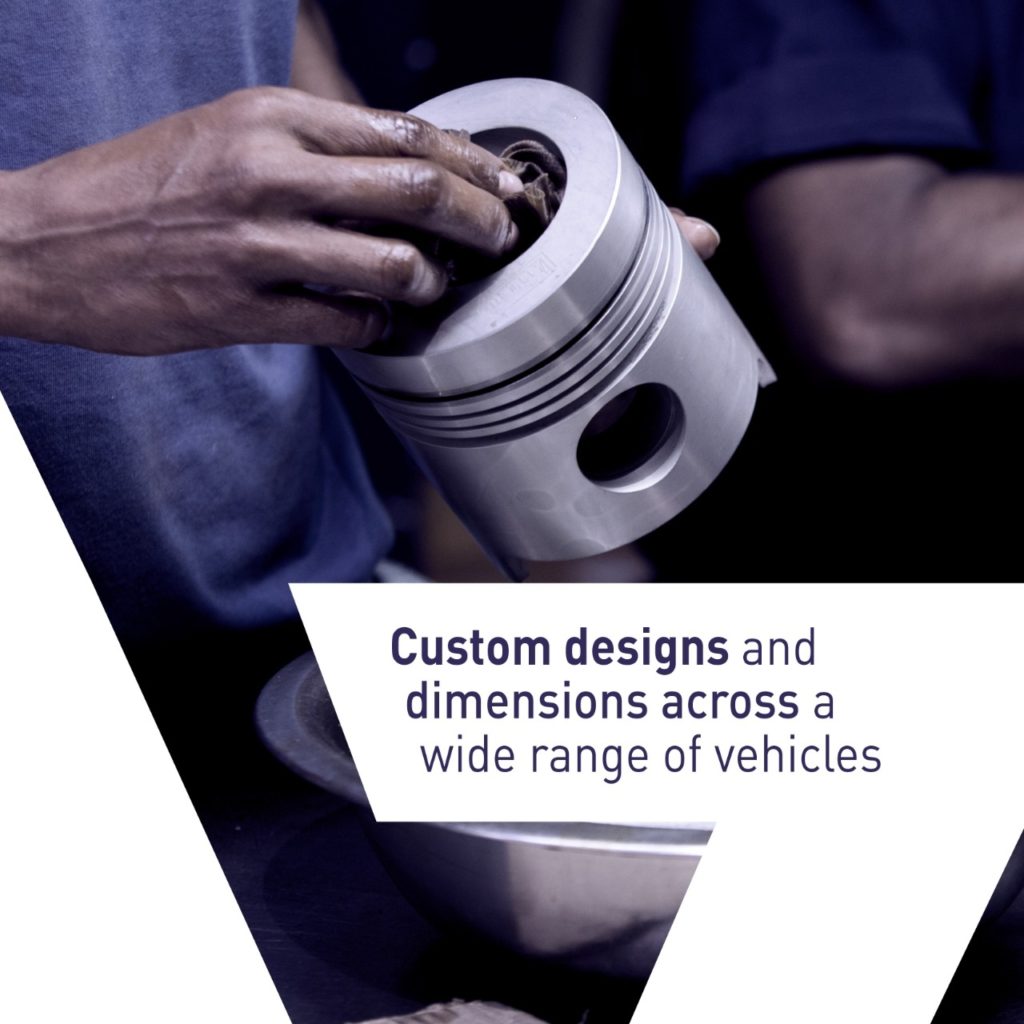
2. Engine Valves
This mechanical component is used in internal combustion engines to allow or restrict the flow of fluid or gas to and from the combustion chambers or cylinders during engine operation. Engine valves should be capable of exhibiting resistance to repeated and continuous exposure to high temperature, high pressure from the combustion chamber, and mechanical loads and stresses from the engine dynamics.
That’s why the key is a reliable engine parts manufacturer that makes high-performing engine valves using chrome alloy steel for intake valves or high alloy non-magnetic steel for exhaust valves. Choose a manufacturer that delivers a finished product as per your requirements following the chemical and metallurgical specifications mentioned by you. The valves should retain the enhanced tensile strength and perform under tough conditions.
- We recommend EN52 material for inlet valves as this material ensures smooth functioning and high endurance to withstand the pressure and temperature the inlet valve is subjected to
- For exhaust, we recommend a non-magnetic valve made from 214N alloy steel with the tip hardened or a bimetallic valve. This ensures smooth operation of the engine without standing the risk of the engine seizing due to the exhaust valve getting stuck. We ensure that in case of a fully non-magnetic valve the tip is hardened to ensure the tappet end of the valve
- We also coat the stem of our valves with chrome to give that extra hardness
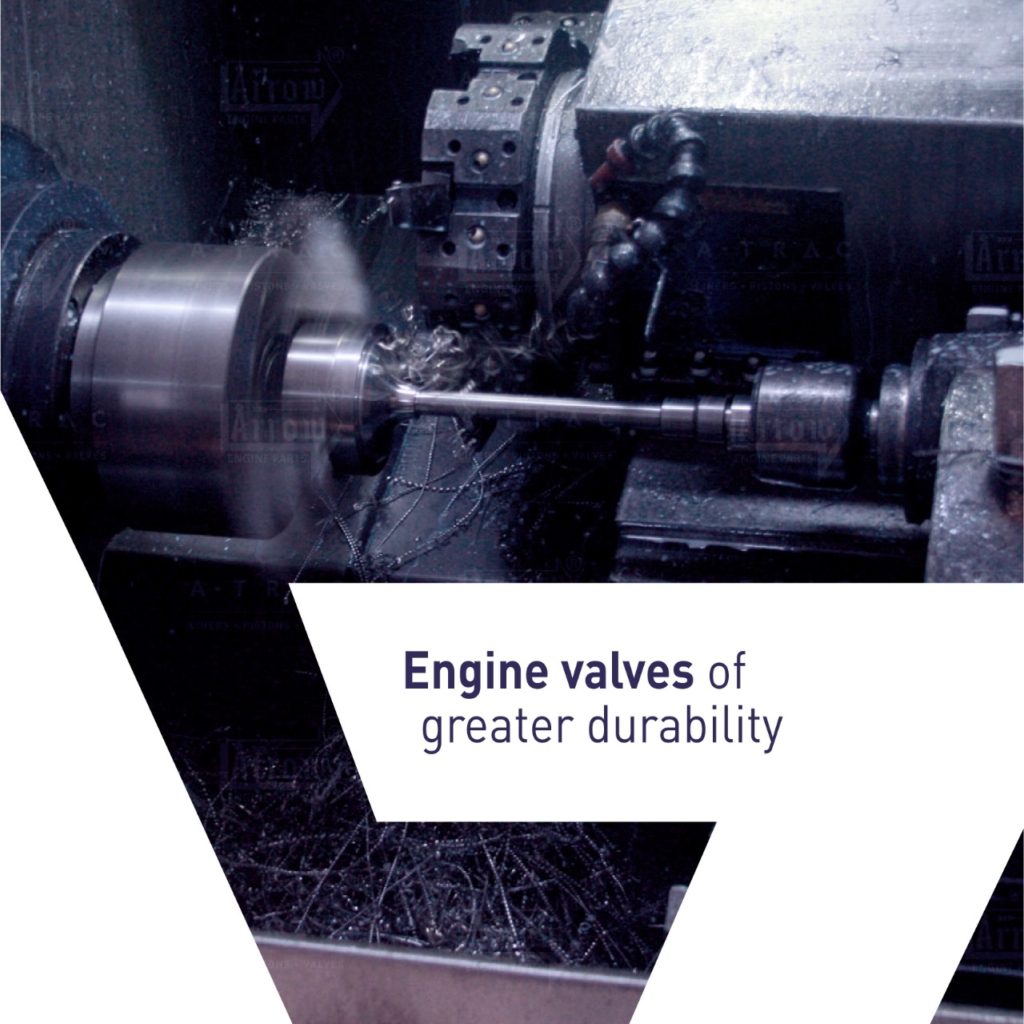
3. Connecting rods
This is a part of a piston engine that connects the piston to the crankshaft. The connecting rod is required to transmit the compressive and tensile forces from the piston, and rotate at both ends. A durable connecting rod with the right hardness is made to endure dynamic stresses from combustion and piston movement. That’s why your manufacturer must follow these specifications:
- The rods should be made with a hardness of 262-302 BHN
- We only use high tensile bolts made from 12.8-grade steel
- All rods should undergo strict quality checks to ensure there are no cracks, machining, or forging defects. The quality checks should include center-to-center distance, straightness, parallelism, alignment, ovality, twist, and bend
- The big end bores of the connecting rods should be honed and mirror-finished
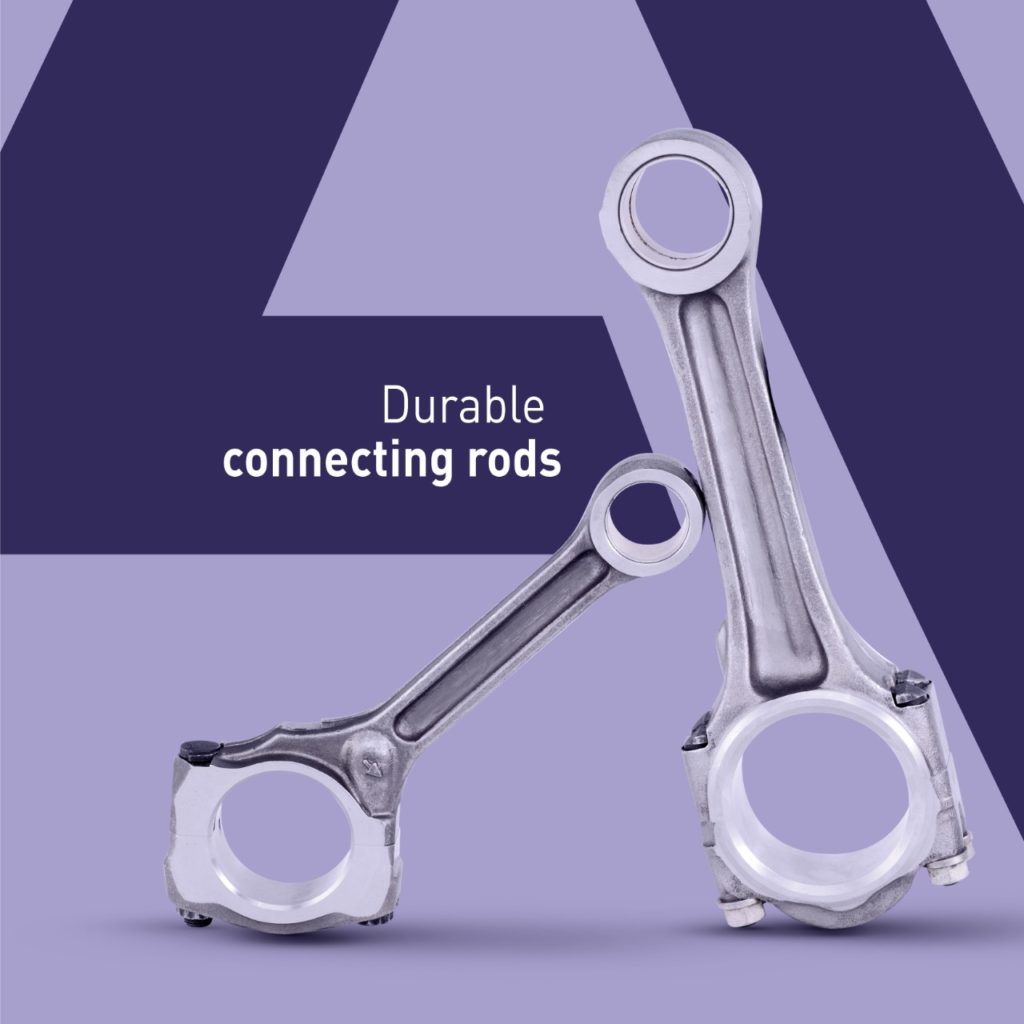
4. Cylinder heads
In engines, cylinder heads sit above the cylinders on top of the cylinder block. It closes on the top of the cylinder, forming the combustion chamber. This joint is sealed by a head gasket. Cylinder heads are key to controlling airflow in and out of the cylinders and fuel deployment. They need to be robust and withstand huge pressures and very high temperatures while retaining their shape and form to seal the cylinder block via the head gasket. That’s why, at Atrac, cylinder heads are manufactured using a shell molding casting process to achieve a uniform wall thickness of the water jacket. With our prime focus on accuracy, these heads are machined using highly advanced CNC machines for dimensional accuracy. We guarantee quality as we perform various tests on each head before dispatch.
- Leak test – every head is subjected to high-pressure air 4-6 bar through the various tunnels while the head is dipped into a liquid solution to trace any internal casting defects. This ensures that every head is uniformly cast without any porosity or cavities
- Pressure test – after assembling the head with the engine valves and related components another pressure leak test is conducted to ensure proper fitment of the engine valve with the valve seat of the head. This ensures that the required pressure within the head for optimal operation is maintained throughout.
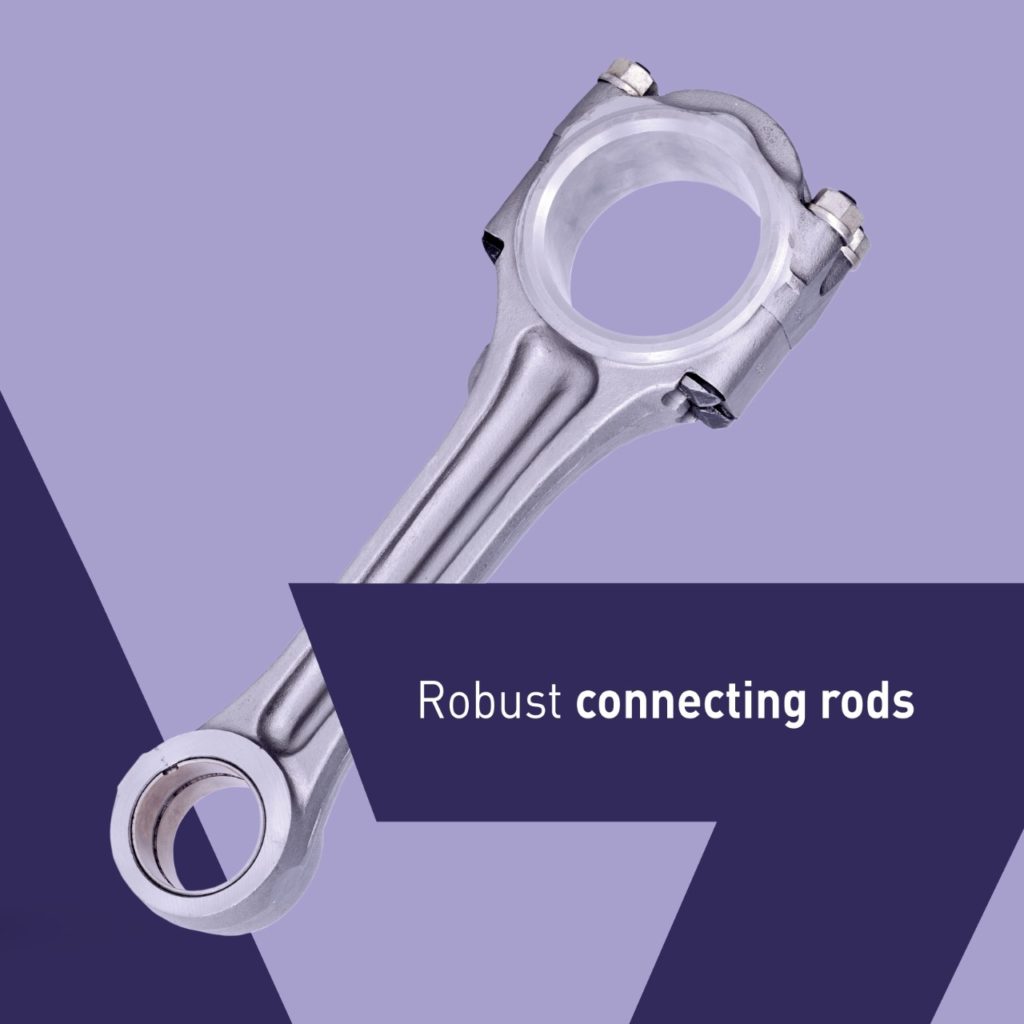
5. Cylinder liners
This part generates the combustion pressure that allows for efficient power generation. The cylinder liners we manufacture at Atrac guarantee high performance and maximum engine efficiency under all operating conditions. Choose a manufacturer that follows the process of centrifugal casting, plateau honing, and CNC machining for manufacturing.
For instance, our superior quality cylinder liners are equipped with
- The hardness of 240 – 260 BHN
- Zero taper or ovality
- Zero porosity or casting defects
- 70 % type A graphite flake microstructure
The specialty of our liners is, they are also available as air-cooled blocks, and water-cooled sleeves.
The mechanism of all engine parts might sound complex, but their task is simple — to keep the engine running. For this, you need to ensure that you procure parts that you can trust.
At Atrac, we manufacture engine parts that have earned the trust of our global partners. We check all the boxes that make us the ideal partner for your engine parts requirements. It is our attention to quality and accuracy that has made us a leading engine parts manufacturer.
To know more, visit www.atracparts.com.
B.E (Mechanical) Mumbai, MBA – ISB, Hyderabad (2011)
Managing Director at Atrac Engineering Co (manufacturers and exporters of aftermarket engine parts)
Member of EO Navi Mumbai.
Hobbies include avid fitness enthusiast – crossfit, golf and trekking.





